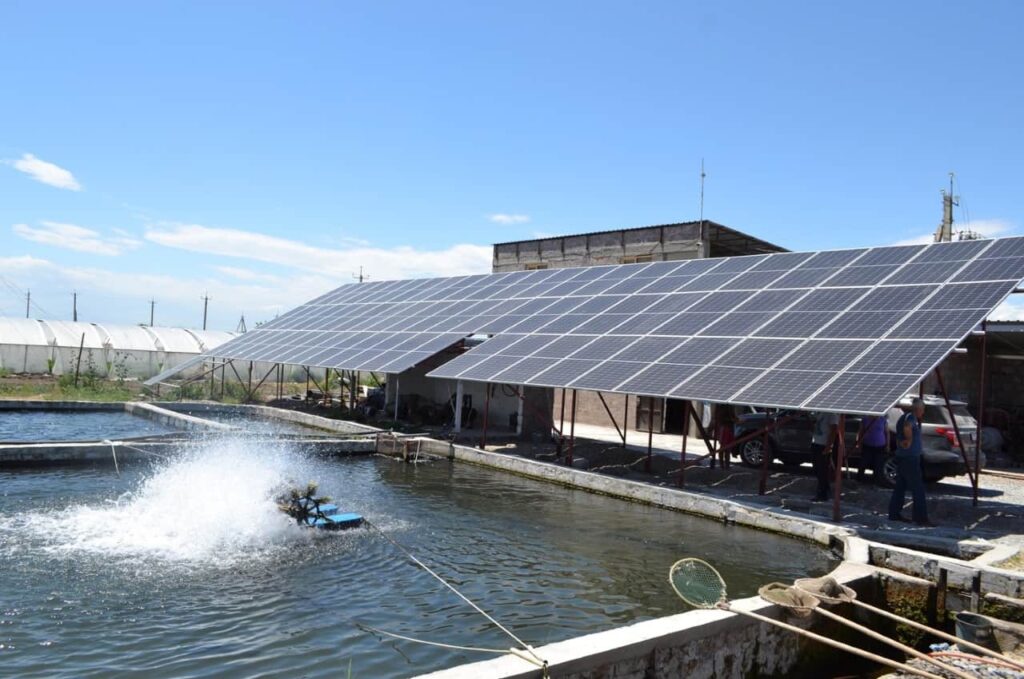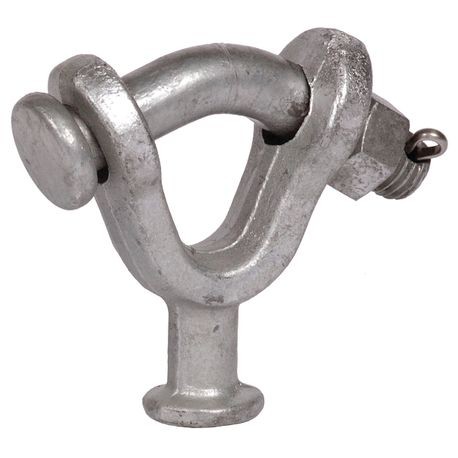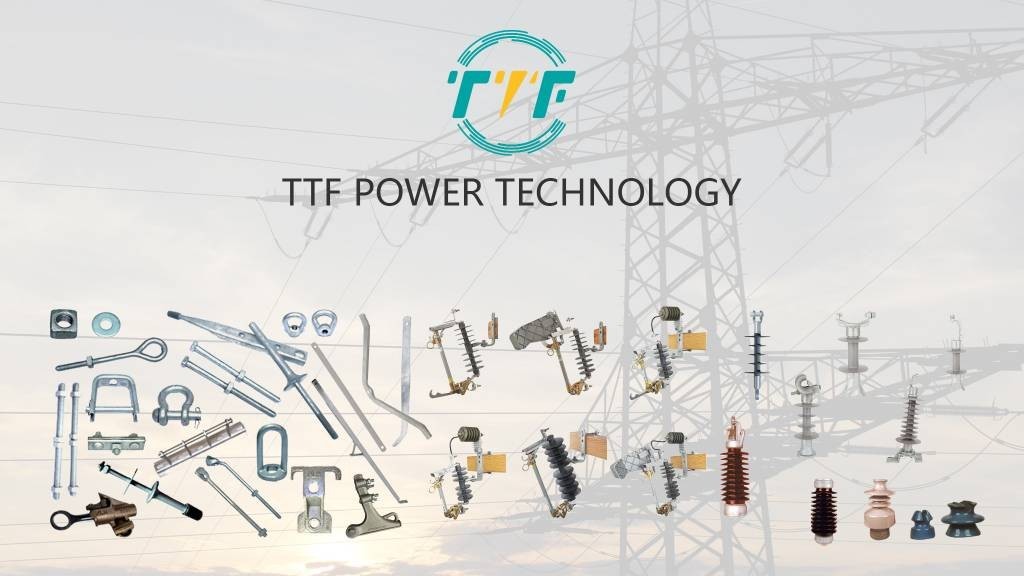
Chile-based salmon-farming firm Ventisqueros developed a fish-farming center that operates 100% on certified renewable energy. The firm is located near Chiloé Island in the Los Lagos region; this facility harnesses solar and wind energy from Tubildad. Energy is transmitted via a 1.2-kilometer undersea cable buried at depths of up to 40 meters. Using renewable energy at the site can help reduce carbon dioxide emissions and decrease oil consumption by 180,000 liters. This initiative aligns with Ventisqueros broader commitment to sustainability to complement their processing plant that operates on clean energy. It also highlighted the need for enhanced infrastructure and public-private collaboration to put in place similar clean energy solutions. A ball clevis is a crucial component used to electrify Chile’s salmon farms. The ball clevis plays a crucial role in securing and tensioning cables for structural stability and efficiency.
A ball clevis is a heavy-duty metal connector used in power transmission and renewable energy infrastructure. It consists of a U-shaped clevis with holes for bolts or pins. The ball-shaped end allows slight movement to reduce stress on cables and poles. A ball clevis connects and anchors guy wires to utility poles, wind turbines, or solar mounting structures. It also allows flexibility to prevent cable damage from wind, vibrations, or thermal expansion. Chilean salmon farms depend on off-grid renewable energy to power aeration systems, pumping stations, and processing plants. The ball clevis ensures the system remains stable in harsh environments. It plays a crucial role in wind turbines, solar panel mounting systems, and micro-hydro power installations.
The role of a ball clevis in renewable energy projects for fish farming
A ball clevis is a mechanical connector used in electrical and structural applications in power transmission and renewable energy projects. Fish farming in Chile depends on renewable energy sources like solar, wind, and hydroelectric power. It is crucial in ensuring secure and efficient power transmission. Its main function is to secure and tension support cables, stabilizing energy infrastructure. Here are the common roles of ball clevises in Chilean aquaculture.

- Wind energy for coastal farms—ball clevis connects guy wires to anchor wind turbine towers against winds. This prevents tower collapse to ensure uninterrupted power for feed systems and oxygen pumps.
- Floating solar farms on fish ponds—ball clevises secure mooring cables that keep solar arrays aligned and stable. This is crucial to resist wave action and wind loads to maximize energy output.
- Micro-hydro systems—the ball clevis tension cables supporting small hydro turbines in fast-moving water. This maintains structural integrity despite fluctuating currents.
The role of renewable energy in Chile’s fish farming industry
Renewable energy plays a crucial role in Chile’s fish farming industry in reducing environmental impact, lowering operational costs, and aligning with global sustainability trends. The integration of clean energy is crucial for making the industry more environmentally friendly. Renewable energy cuts emissions, lowers costs, enhances sustainability credentials, and supports national climate targets. This is crucial for positioning Chile as a global leader in sustainable aquaculture. Here’s the role of renewable energy in Chile’s fish farming industry.

- Reducing carbon footprint—Chile’s salmon farming industry used to depend on diesel generators. Switching to renewable energy sources like solar, wind, and hydroelectric power reduces greenhouse gas emissions.
- Lowering energy costs—high initial investment in renewable energy infrastructure leads to long-term cost savings. The abundant natural resources in Chile make it an ideal location for clean energy integration. Fish farms can stabilize energy costs and improve profit margins while reducing dependence on imported fuels.
- Enhancing sustainability—the seafood market is increasingly demanding sustainably farmed fish. Adopting renewable energy helps Chilean salmon producers get certifications that enhance their competitiveness in the export market. A ball clevis plays a crucial role in renewable energy transmission, structural stability, and efficiency.
- Improving environmental and social responsibility—fish farming has faced criticism for its impact on marine ecosystems. This is including water pollution, habitat destruction, and high energy use. Companies can operate off-grid farming centers with minimal ecological disturbance. Renewable projects create jobs and benefit local communities by promoting infrastructure development and technology transfer.
- Supporting government climate goals—the fish farming sector shifting to clean energy supports the national goals and aligns with broader efforts for climate change.
